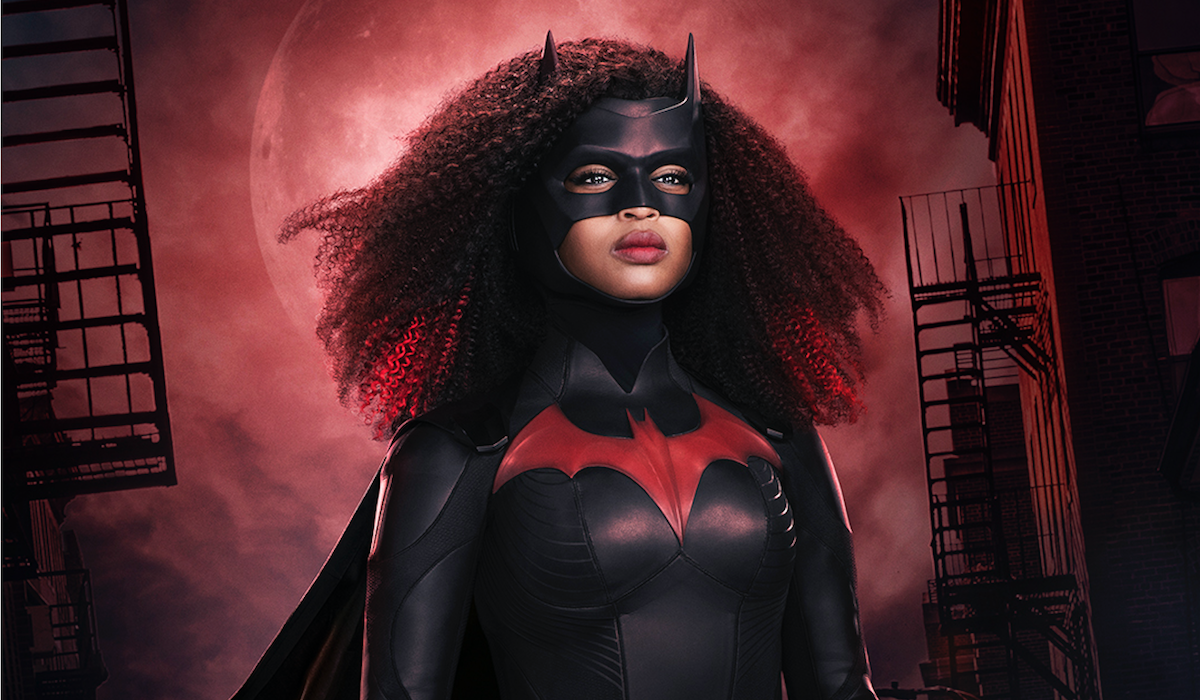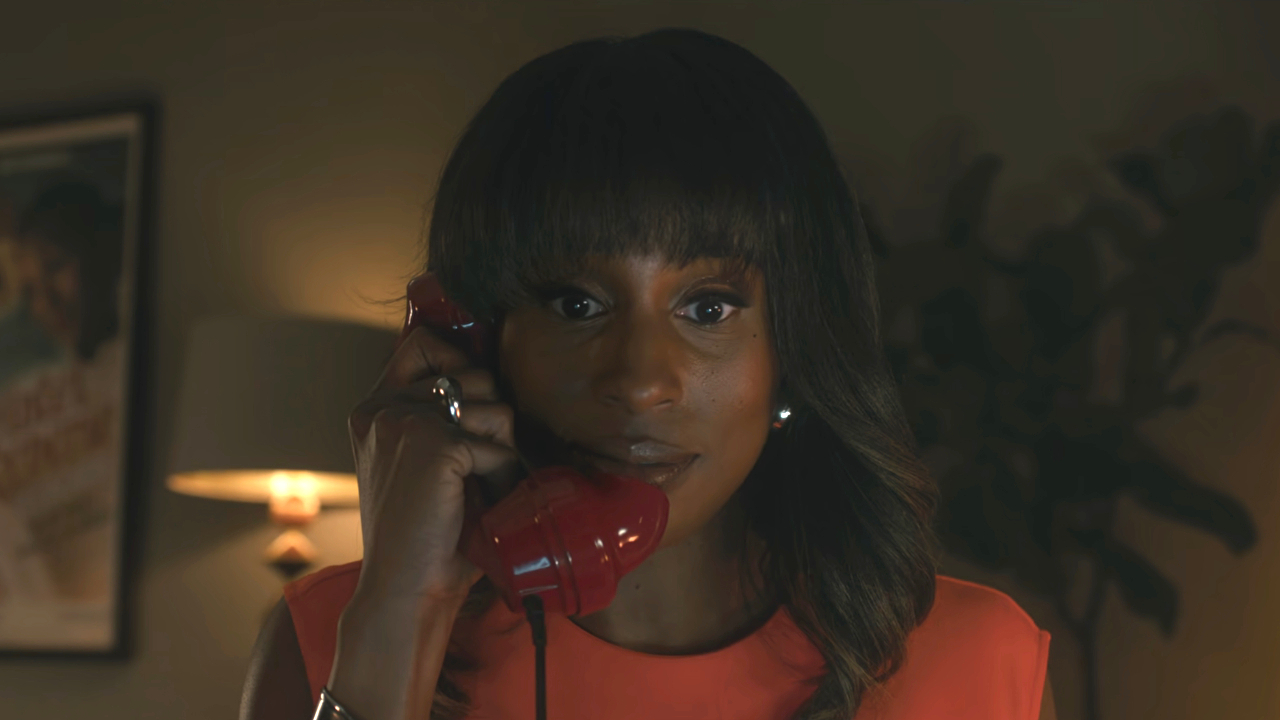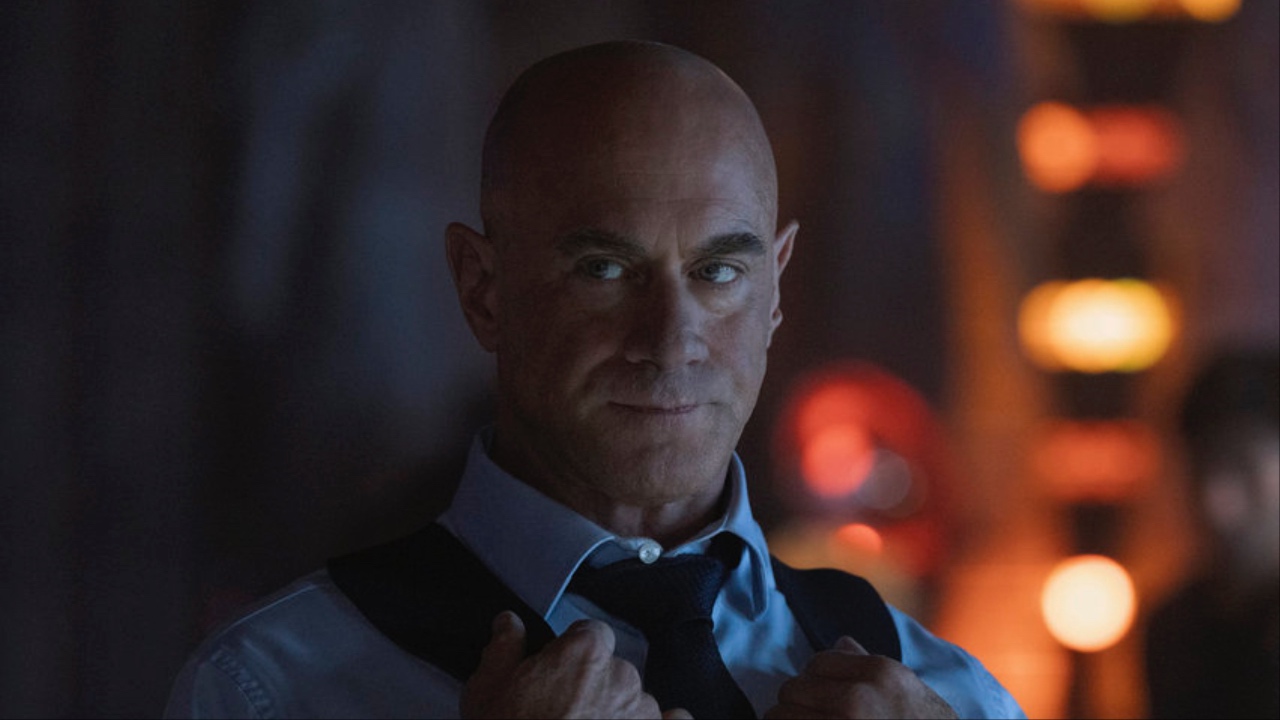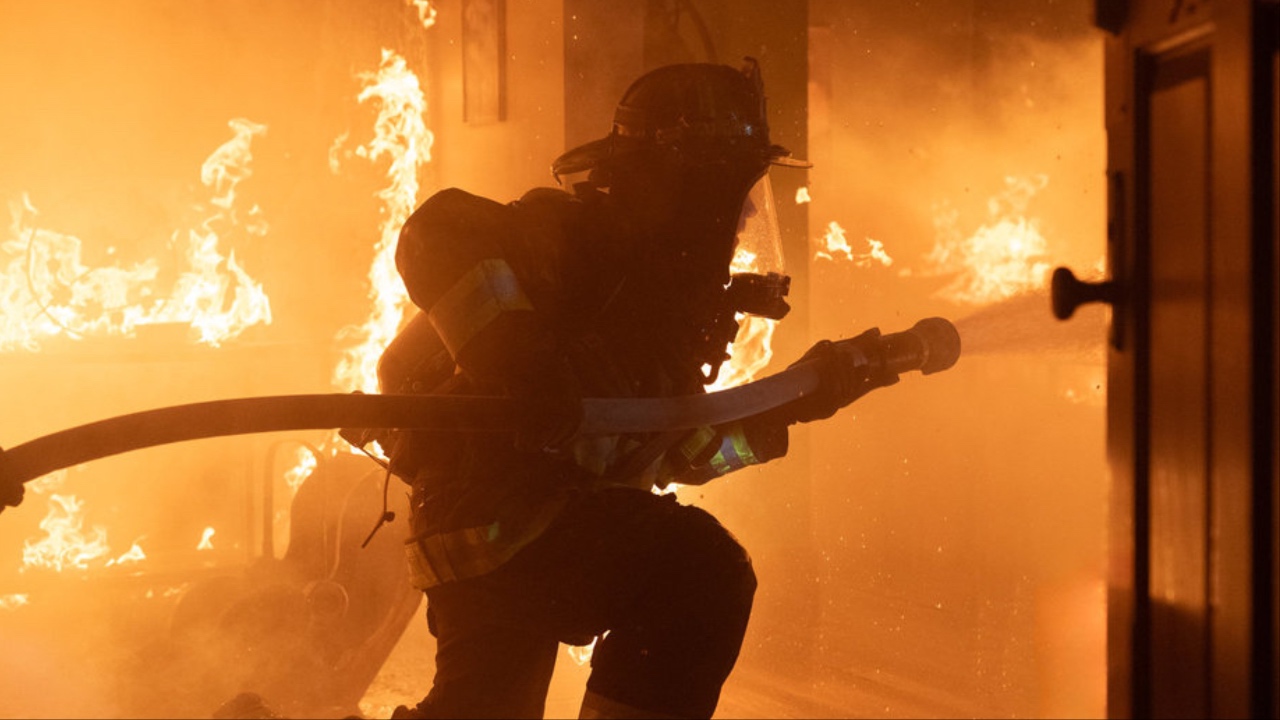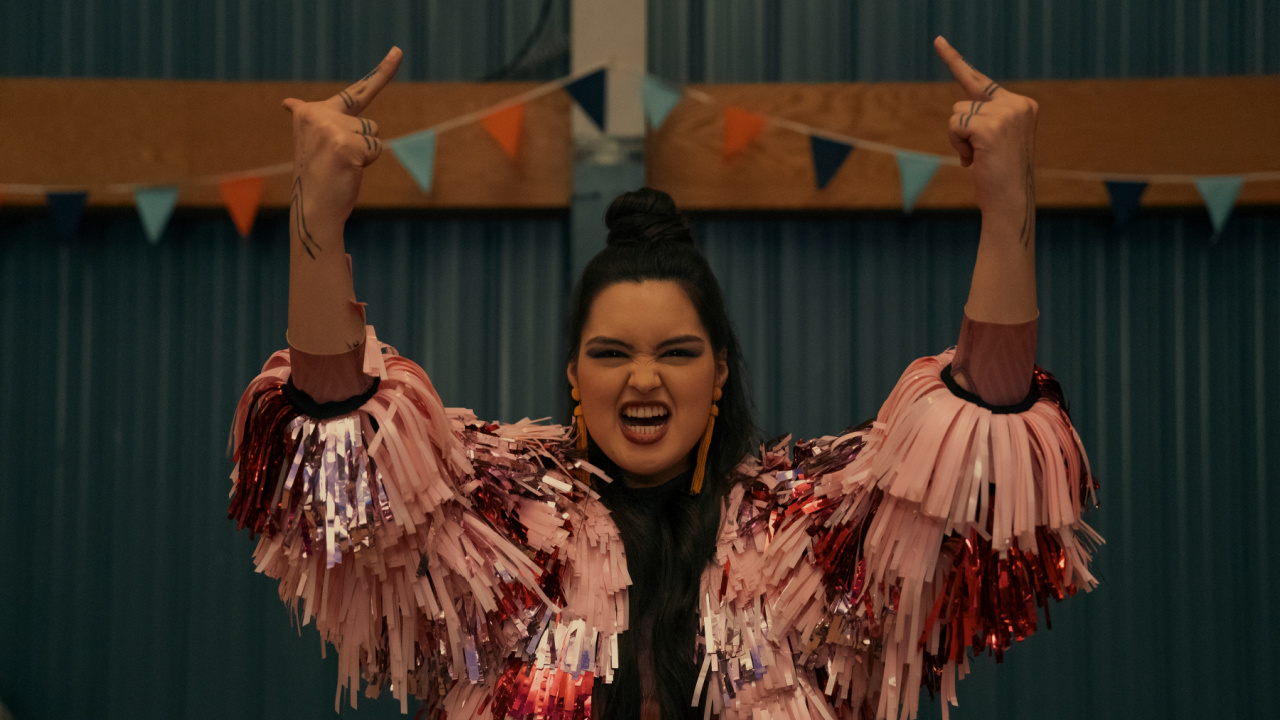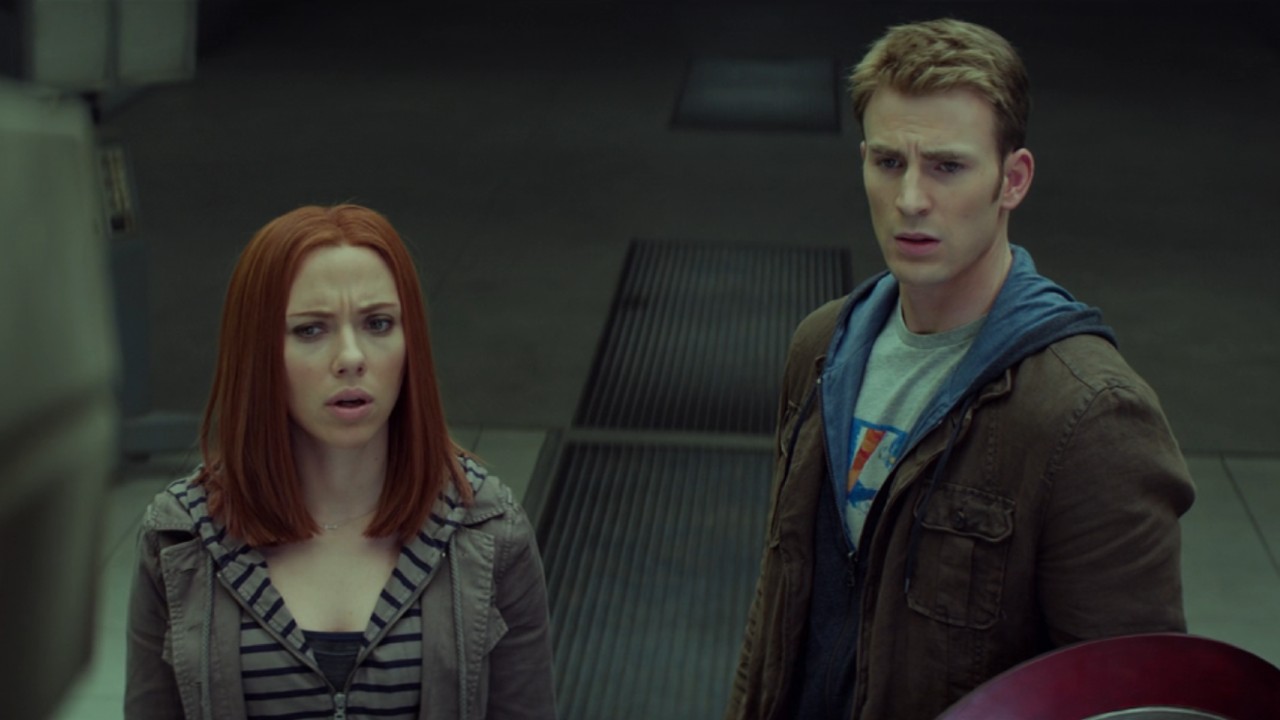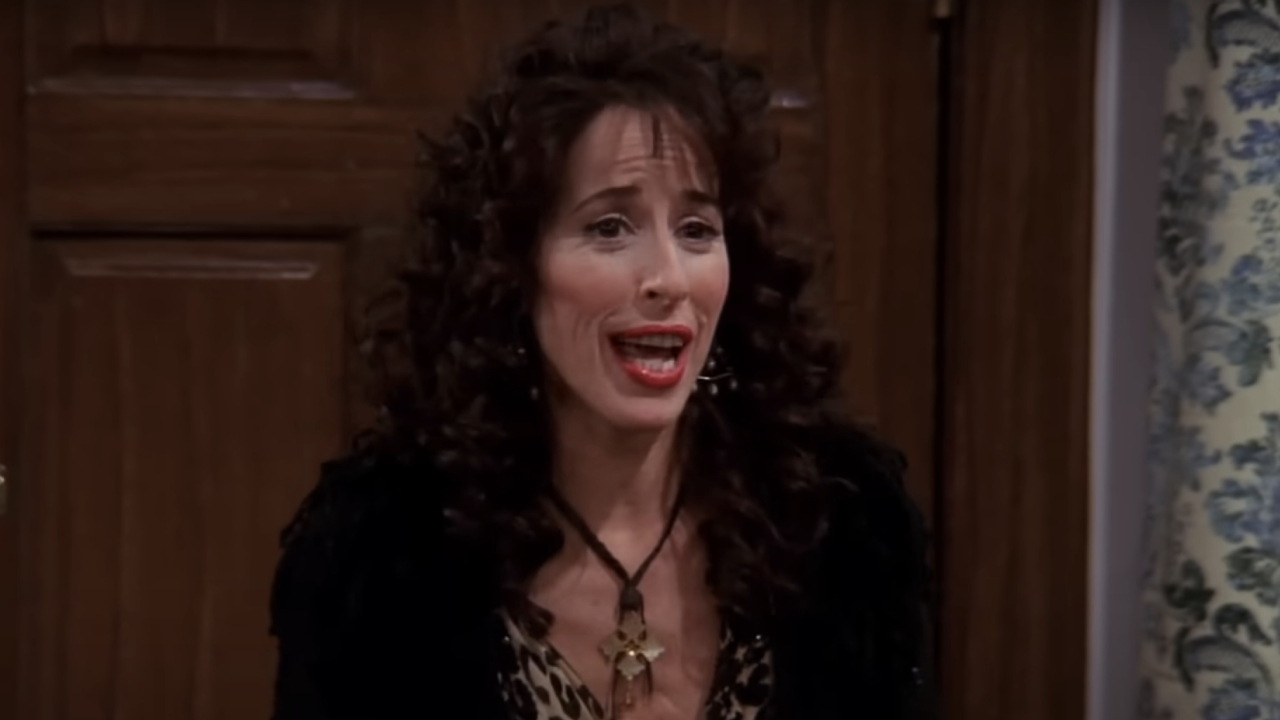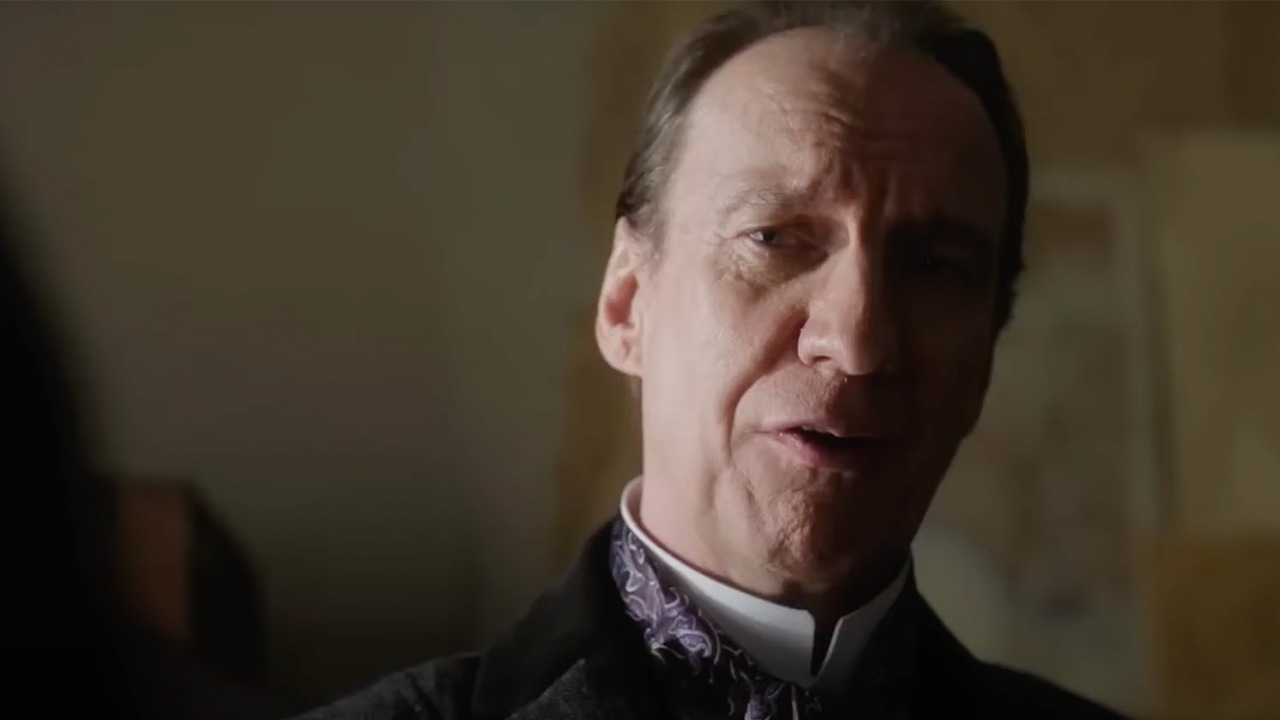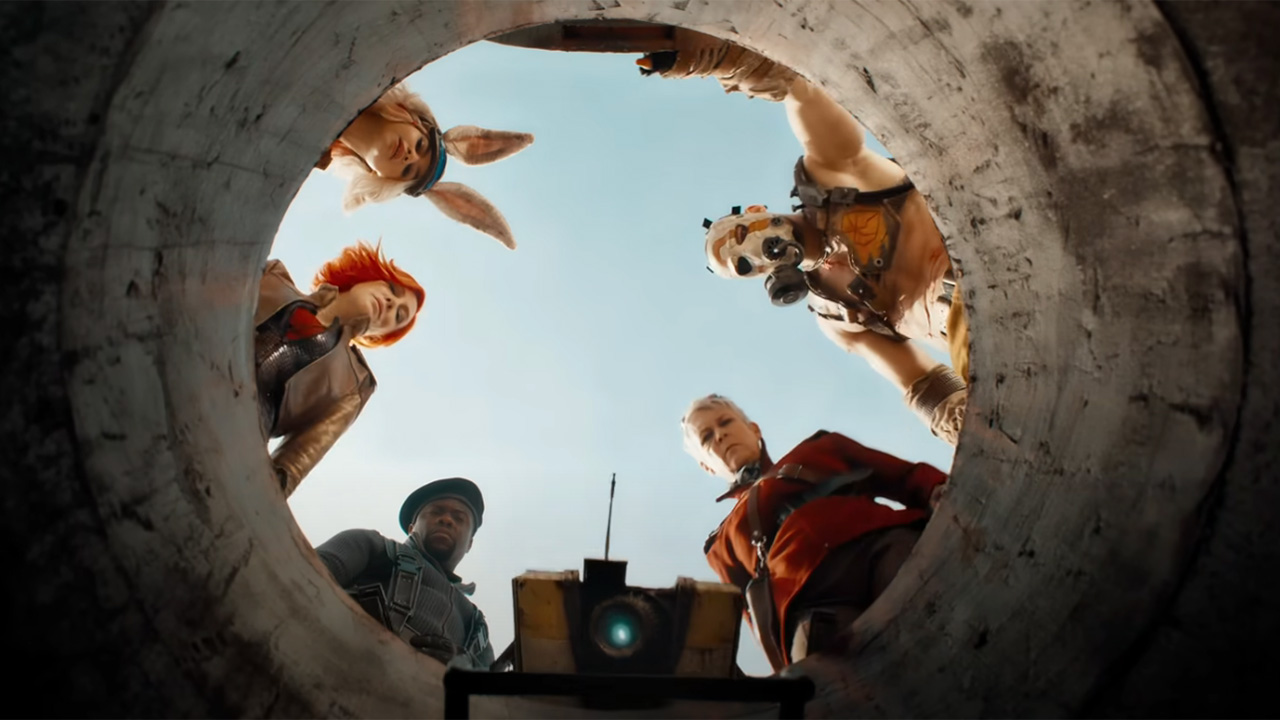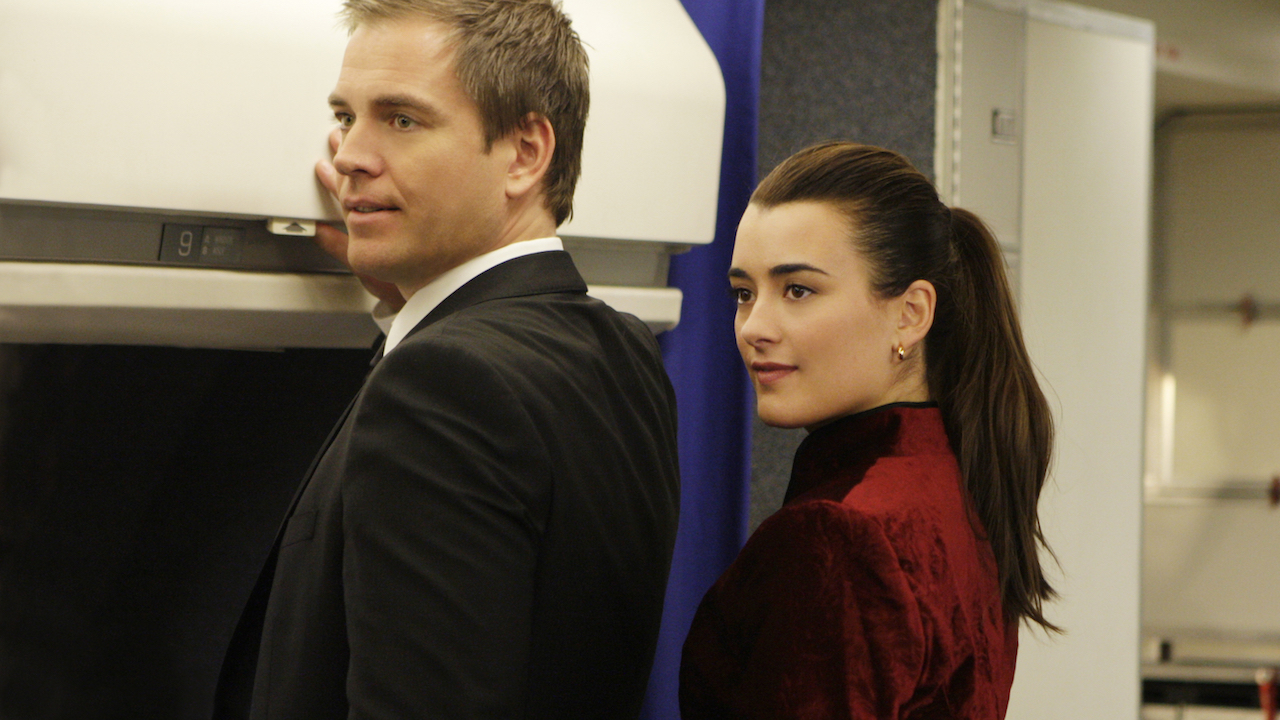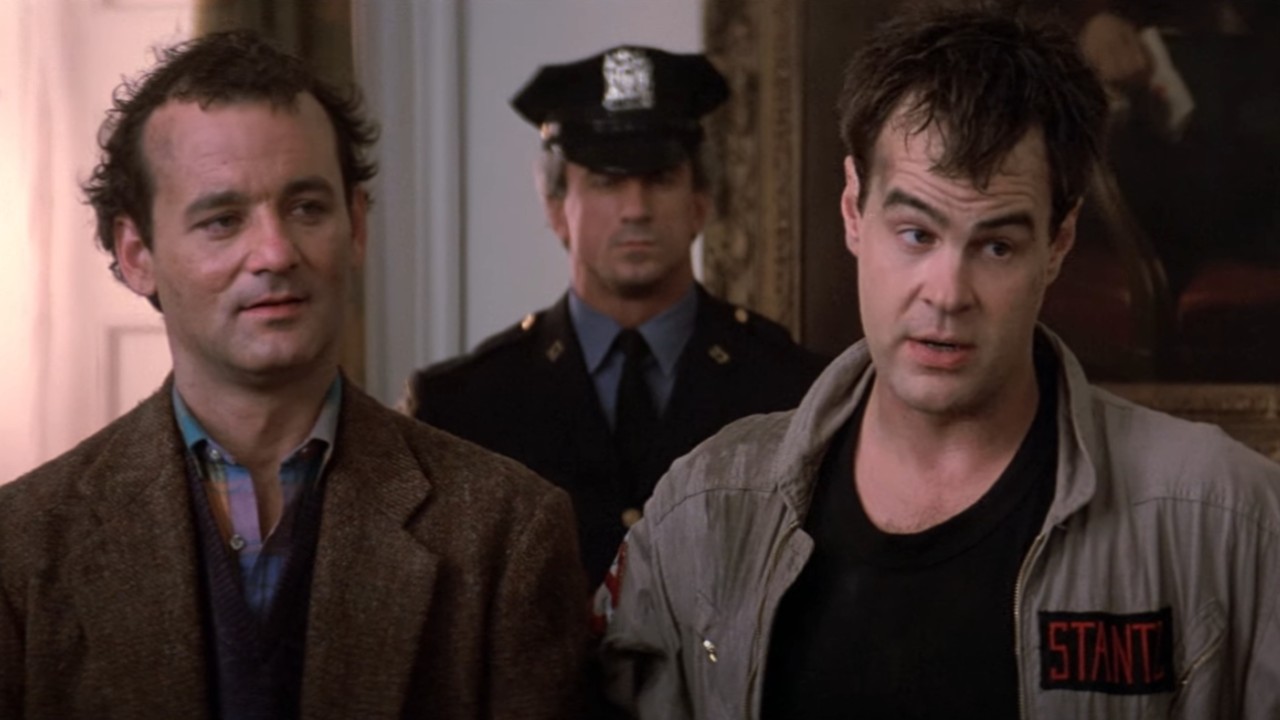9-1-1: Lone Star Cinematographer Explains The Good Things About Season 2 Production Changes And Biggest Shooting Challenges
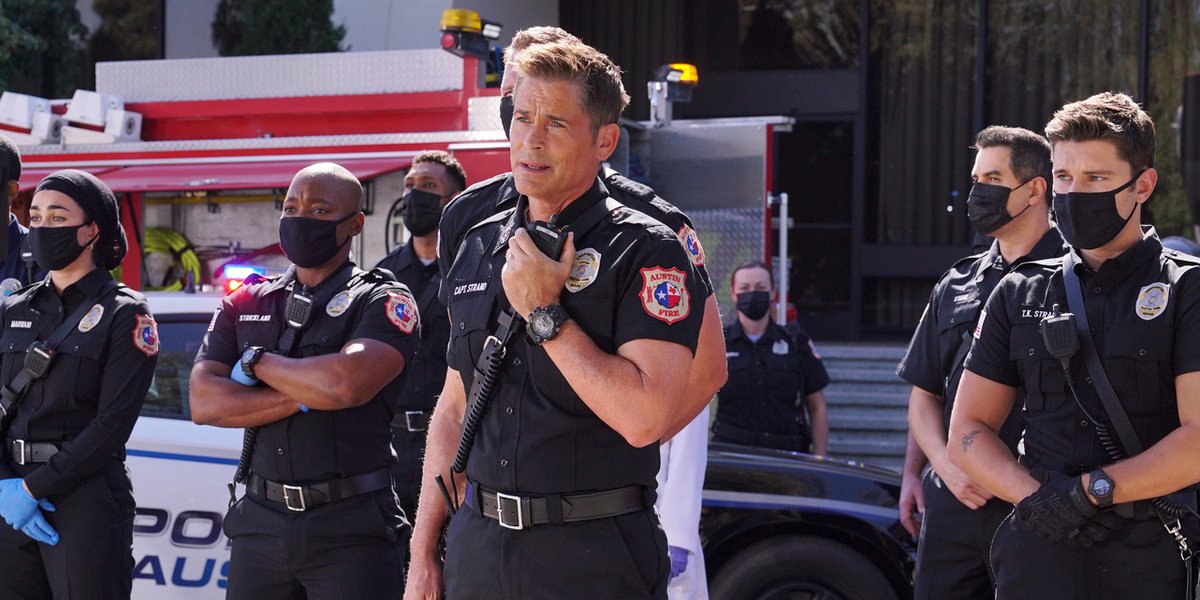
9-1-1: Lone Star returned to Fox for its second season with some new stars in 2021 and chose to incorporate the COVID-19 pandemic into the storytelling. Despite the pandemic complications on the show and behind the scenes, the crises that call on the heroes of the 126 are even bigger and bolder than what Lone Star delivered in Season 1. Cinematographer Andy Strahorn spoke with CinemaBlend about Season 2 of 9-1-1: Lone Star, and he shared how the show approached production under COVID, some advantages to the changes, and the challenges of shooting on location.
Andy Strahorn worked on another Fox series prior to the premiere of Lone Star as the highly-anticipated 9-1-1 spinoff, but Lone Star definitely differs from Lethal Weapon in a lot of ways. The cinematographer shared what it was like to prepare for 9-1-1: Lone Star Season 2 when so many changes were going to be in store with the pandemic, with the long hiatus giving him "time to think and develop ideas." Strahorn dug into what it meant to do things differently for his job with new protocols in place, saying:
It was then sort of going 'Well, when is it safe? And what does that look like? And how does everyone come back? And what does that mean going forward from what we've all known prior?' There's one thing to be making the show, particularly under the constraints of in the way pictures are shot these days, but then now you add the added layer of protection and separation, and testing and safety measures, like what none of us have ever seen. It was like, 'Well, how do you even make the show now? Is it even viable to make a show under those conditions?' So I think there was a lot of enthusiasm, not only to get back to the show, but also enthusiasm through what was happening outside of just seeing each other again, because we'd all been isolated. And also too in some ways, [for] the challenge of going 'Well, how do we do this?' Knowing that there isn't a playbook and I think every production, you know, particularly the ones first out of the gate, [going] 'Hey, what did you guys do?' You kind of learn as you go.
A lot of shows have faced the challenges of adapting to new protocols for the sake of pandemic safety, but most are not as elaborately action-packed as 9-1-1: Lone Star, and Lone Star even pulled off a massive wildfire for the crossover with 9-1-1 early in Season 2. From a cinematography perspective, Andy Strahorn explained that Lone Star involves "a lot of editorial cuts," with that crossover coming in "1100 cuts in 43 minutes," shot over a 10-day period.
Doing so under the circumstances of a pandemic presented challenges that wouldn't have been factors in Season 1, but Andy Strahorn explained that there were ultimately some good things and advantages that came out of the new and more precise protocols for production:
So our approach going in and developing this season was something that was very organic, in the sense that it evolved as much as safety became a paramount part of how we develop the show going forward, what you can and can't do. So aesthetically, did it really impact me too much? No, but where you had a little bit more time last time, you had less time because now we do shorter hours as per union and studio agreements. So it was definitely shifting of gears and becoming a lot more focused and precision in execution as opposed to the first season. I think there's a lot of good things that have come out of that as a result. Absolutely. I think there's a lot of good things. So you know, we turned something that wasn't necessarily going to be good coming out of the pandemic and whatnot into something very advantageous.
While a time crunch and adjustments to what is possible in the second season vs. the first season required changes to the approach of cinematography and production on 9-1-1: Lone Star, the focus and precision required to pull it off turned out to be a good thing. By this point in the second season, fans can certainly attest to the fact that Lone Star is as sharp as ever. The Lone Star team doesn't seem to have missed a step in taking advantage of the upsides of the new protocols.
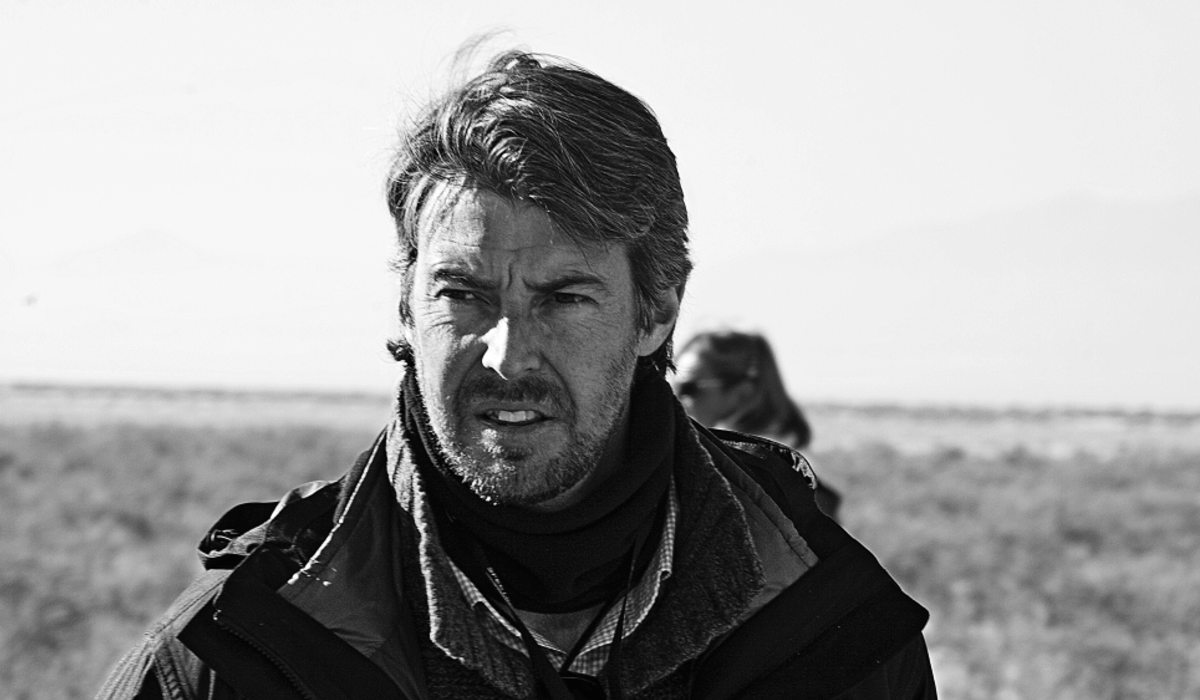
Of course, Lone Star has always faced a particular challenge that has nothing to do with the pandemic. While the show may be set in Austin, Texas, 9-1-1: Lone Star films in California, and Lone Star can't simply shoot all of its scenes indoors to hide the geography differences between the Southwest and the West Coast of the United States. Andy Strahorn shared the biggest challenges to shooting on location while recreating Texas as Season 2 production continues:
Well, I think the biggest thing is, the number one thing is, we're all framing out palm trees, frame out mountains, frame out mountains. It's supposed to be flat... A lot of things that are commonplace that we don't take any notice now, because we live in California, but it's like 'No, no, guys. Reality check, that doesn't exist, that doesn't exist, that doesn't exist.' So that's a challenge in itself, and then, you know, shooting on location. Obviously the sun and the atmosphere here is very different to Austin.... You have sometimes fog and whatnot in in Austin, but not like we do if you're close to coastal locations in California. You might have marine layer till 10:30, 11 o'clock, and then it burns out. So, those are always challenges when you start the beginning of scene. And you're like, 'Okay, how do we play this?' And it's going to burn off or what have you, or you're chasing daylight.
Between the geographic and climate differences that could make it obvious that 9-1-1: Lone Star doesn't actually film in the Lone Star state, there are methods of hiding what is distinctly California in a show that couldn't be much more Texas. The outdoor filming allows for everything from a massive wildfire to a volcano... as long as the production team can keep the palm trees out of sight. That said, Andy Strahorn shared his perspective as Lone Star cinematographer on why it doesn't always matter if Mother Nature can't be defeated to get the perfect shot:
CINEMABLEND NEWSLETTER
Your Daily Blend of Entertainment News
And my philosophy is that you do the best you can, but I always believe if the actors look good, and look appropriate — and by appropriate, I don't mean pretty or anything like that — but if they look appropriate for their character and their setting, then editorially, and hopefully performance-wise, you're not really going to be tracking or clocking, 'Wait a minute, that shot's sun and that shot's cloud.' You know, in a perfect world, we'd love to stop shooting and wait for the cloud, or wait for the marine layer. But that's just not feasible. It's just not feasible.
Television production moves at a fast pace, and always requires a certain suspension of disbelief for the fun of going along for the ride. 9-1-1: Lone Star does deliver plenty of character work to go with the scenes that have been set for all the action. And honestly, who is going to complain if there is a difference in the cloud cover if a woman is trapped between scorpions and lava, or two characters from two shows are trying to survive a helicopter crash, or any of the other heart-pounding plot twists that have already happened in Season 2? Andy Strahorn cited an example of the challenges of shooting on location:
We were shooting a sequence of a rescue and we started to lose light. We're in the valley somewhere, and the mountain was quite high. So therefore, you start to lose light, direct light, at 4:45, 4:30. So at that point, then you're chasing and you're recreating that diminishing light. And to me, that's the most exciting part of filmmaking, cinematography, is recreating what naturally we know exists. Because we can always tell what's synthetic. So recreating natural lighting and lighting sources, whether it be the sun or night ambience of the moon, or what have you... that to me is the most exciting and greatest challenges that you can have. How do you recreate that and you trick your eye to go, 'You know what? I buy that.'
For as much as fans have proven willing to suspend disbelief when it comes to the lava and the crossbow bolts and the aged dynamite used to deliberately explode a mineshaft, 9-1-1: Lone Star makes it pretty easy to go along for the ride from a visual perspective. According to Andy Strahorn, part of the success of recreating natural lighting and avoiding the synthetic sense has to do with tricks of the trade:
I always feel if the characters look appropriate to the setting, then there's a kind of a forgiveness in the eye, that you're not going to notice as much if they're intrigued and invested. So on a show like this, it's very demanding. There's a lot of times we have to do little tricks because we're always having flashing lights on. When you get later in the day, your ambience is dropping so we're constantly putting gel on the flashes and the gumball lights of the emergency vehicles, whether it be the fire trucks, the engine truck, the ambulance, hazmat or what have you.... So, there's a lot of those little challenges of prolonging the day, not only in a film sense of execution, but also for the scene, that we constantly do every day. You know, in some weird way, that's an interesting challenge that I like having.
9-1-1: Lone Star constantly finds new ways to deliver crises in the heart of the Lone Star state, even if the show is creating those emergency scenes on location in California. Fortunately, Season 2 isn't anywhere near finished. New episodes of 9-1-1: Lone Star air on Mondays at 9 p.m. ET on Fox, following new episodes of 9-1-1 at 8 p.m. ET. The action undoubtedly isn't going to get any less dangerous any time soon, but whatever happens should be epic to watch unfold.

Laura turned a lifelong love of television into a valid reason to write and think about TV on a daily basis. She's not a doctor, lawyer, or detective, but watches a lot of them in primetime. CinemaBlend's resident expert and interviewer for One Chicago, the galaxy far, far away, and a variety of other primetime television. Will not time travel and can cite multiple TV shows to explain why. She does, however, want to believe that she can sneak references to The X-Files into daily conversation (and author bios).
